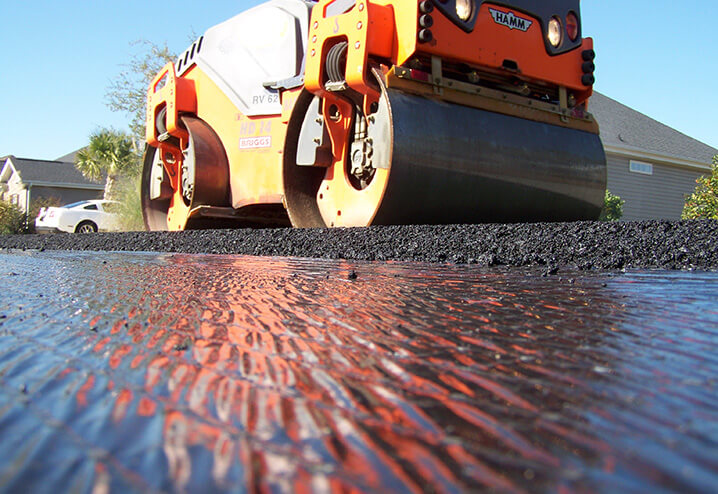
Asphalt Reinforcement Materials
Solution Overview
Reflective cracking is one of the largest contributors to pavement deterioration. Conventional rehabilitation procedures prescribe placing an asphalt fabric overlay on top of the existing rigid or flexible pavement. Although this provides some additional service life, cracks are only deterred for about one year per inch of applied overlay. At this rate, you will fight a constant battle with pavement maintenance that you'll likely never win. However, when an asphalt reinforcement mesh or grid system is installed, pavement performance is drastically improved and ultimately reduces maintenance and life cycle costs. Tensar offers a family of pavement reinforcing fabrics and systems. Our team is ready to help you select the best fit for your project.
Interlayer products can drastically improve the pavement's ability to resist cracks and the drainage capabilities of a road, subsequently extending the life of the road. The example above compares a pavement rehabbed without reinforcement (left) to one that uses an interlayer (right).
How Do Asphalt Reinforcement Materials Work?
In the world of pavements, an asphalt reinforcement interlayer refers to any material or combination of materials that are used between two pavement layers to improve the performance of the pavement. This geosynthetic material acts as a moisture barrier, mitigates the spread of reflective cracking, and reinforces the asphalt to extend the pavement’s life and the amount of traffic it can withstand.
All Interlayer Products Are Not Created Equal
There are two main types of interlayers, bituminous-based products and geosynthetics. Within these two categories, there are a large number of products, all with various pros and cons. With so many to choose from, it's important that you select the interlayer that's right for your project. Tensar carries asphalt reinforcement meshes, grids, and geosynthetic fabric systems, so we can make sure you get the best choice for your pavement needs.
Installation of Pavement Reinforcing Materials
The installation will vary from product to product but is just as important as choosing the right interlayer for the dominant distress type. Installation temperatures, street grades, wind, and staging will all have an impact on the selection of the reinforcement material, so planning is very important for all projects.
Need design support? We're here to help.
Selecting the right interlayer product or system is critical to the success of your asphalt reinforcement, but there are so many options to choose from and so little time. Let us help you find the right design for your project.
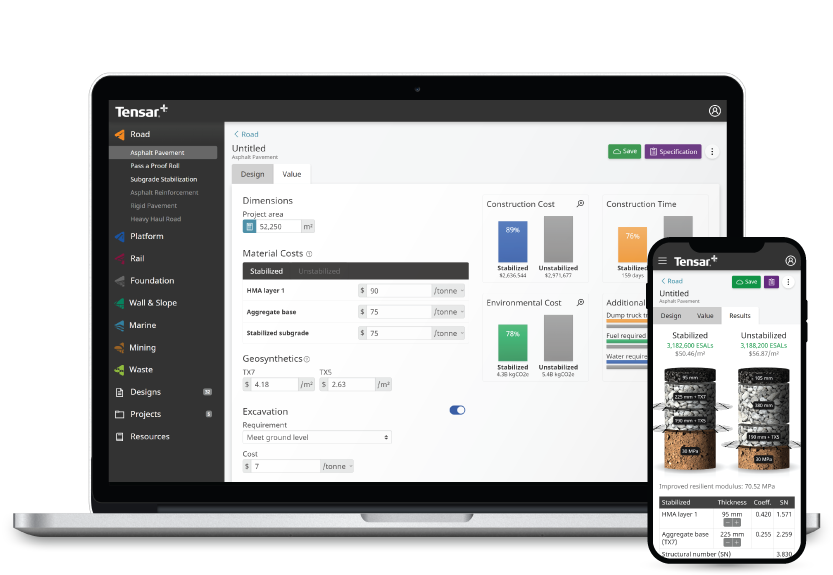




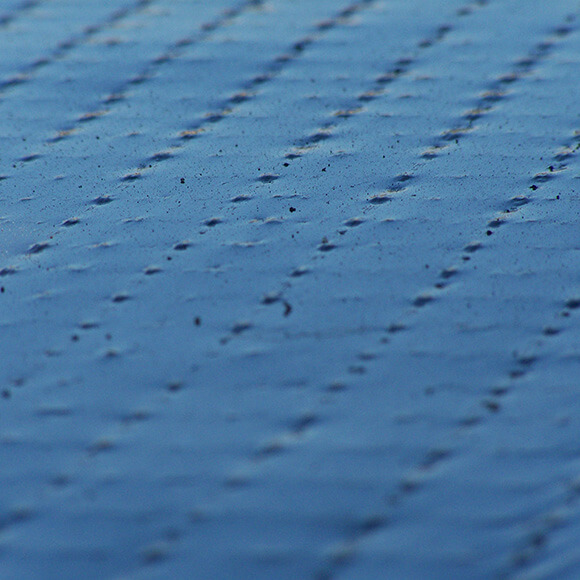
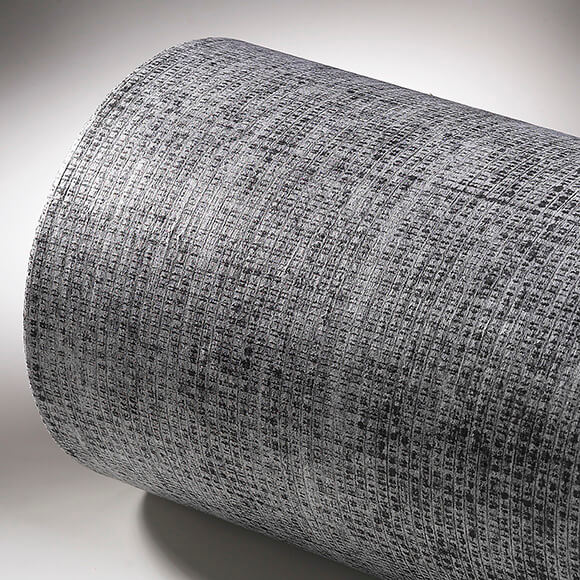
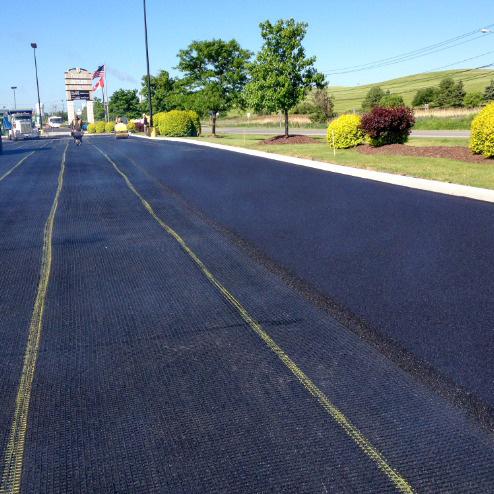
.png)